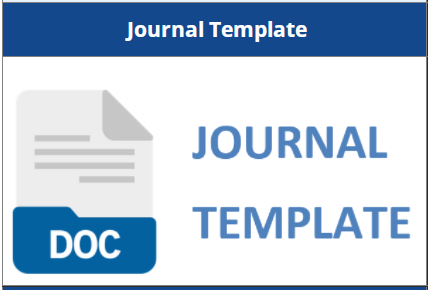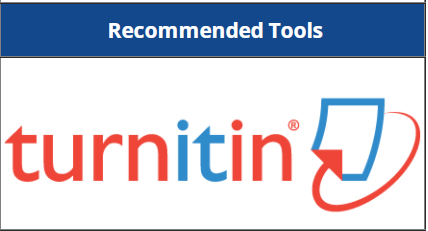PERKEMBANGAN SMART CITY TANGERANG SELATAN TAHUN 2016-2021
Abstract
Uneven development causes the level of urbanization to be higher, which causes urban problems in both physical and non-physical forms. Based on this, the City of South Tangerang is increasing the development of the city into a Smart City. This study examines the stages of development of South Tangerang City into a smart city. This research is a qualitative descriptive study, with data collection techniques using interview techniques, in-depth observation, and documentation studies. Research theory using city management, and smart city. The results of this study are the stages of South Tangerang City towards Smart City in 2016-2021 is a development that can be said to be short, consisting of three stages. The first stage 2016-2017 is the preparation stage in the form of internal strengthening. The second stage 2017-2018 is the planning stage in the form of policy formulation and implementation guidelines for Smart City. And the third stage (2018-2021) which is the stage of implementing the plan in the form of achieving targets and indicators that are continuously monitored and evaluated. Based on the results obtained, it can be concluded that the stages planned by the South Tangerang government in building a smart city can fulfill the smart city vision.
Downloads
References
[2] Azis, T. N. (2019). Strategi Pembelajaran Era Digital. Annual Conference on Islamic Education and Social Sains (ACIEDSS 2019), 1(2), 308–318.
[3] Chourabi, H., Nam, T., Walker, S., Gil-Garcia, J. R., Mellouli, S., Nahon, K., Pardo, T. A., & Scholl, H. J. (2012). Understanding smart cities: An integrative framework. Proceedings of the Annual Hawaii International Conference on System Sciences, 2289–2297. https://doi.org/10.1109/HICSS.2012.615
[4] Colding, J., Barthel, S., & Sörqvist, P. (2019). Wicked Problems of Smart Cities. Smart Cities, 2(4), 512–521. https://doi.org/10.3390/smartcities2040031
[5] I Putu Agus Eka Pratama. (2015). Sistem Informasi Dan Implementasinya. In Contemporary Psychology: A Journal of Reviews. Informatika Bandung.
[6] Kementerian Komunikasi dan Informatika. (2017). Buku Panduan Penyusunan Master Plan Smart City 2017: Gerakan Menuju 100 Smart City. Kementerian Komunikasi dan Informasi Negara Republik Indonesia.
[7] Kuddus, M. A., Tynan, E., & McBryde, E. (2020). Urbanization: A problem for the rich and the poor? Public Health Reviews, 41(1). https://doi.org/10.1186/s40985-019-0116-0
[8] Kurnaedi, D., Informasi, S., Pgri, S., Perintis, T. J., Ii, K., & Banten, T. (2017). Penerapan “live” smart City Kota Tangerang. Technology Acceptance Model, 8(1), 18–28.
[9] Nasution, D. A. D., Ramadhan, P. R., Batubara, S. S., Syah, D. H., & Alpi, M. F. (2020). Identifikasi Strategi Keberhasilan Layanan E-government. Paedagoria : Jurnal Kajian, Penelitian Dan Pengembangan Kependidikan, 11(2), 106–112.
[10] Petrolo, R., Loscri, V., Mitton, N. (2015). Towards a Smart City based on cloud of things, a survey on the Smart City vision and paradigms To cite this version. Towards a Smart City Based on Cloud of Things, a Survey on the Smart City Vision and Paradigms, 01116370.
[11] Sadyohutomo, M. (2008). Manajemen kota dan wilayah : realita & tantangan. In Masters thesis, UPN “‘VETERAN’” YOGYAKARTA.
[12] Sayuri Egaravanda, Widyawan, A. D. (2018). Membangun Kota dan Kabupaten Cerdas: Sebuah Panduan Bagi Pemerintahah Daerah. Gadjah Mada University Press.
[13] Sugiyono. (2017). Metode penelitian pendidikan:(pendekatan kuantitatif, kualitatif dan R & D). In Bandung: Alfabeta.
[14] Sunarya, P. A., Dewanto, I. J., & Ladjamuddin, A. (2017). Perencanaan Strategi Smart City Kota Tangerang. Seminar Nasional Multi Disiplin Ilmu\, 1–8.
[15] Susanto, T. D. (2019). Smart City Definisi, Model dan Dimensi. In Smart City: Konsep. Model & Teknologi. Asosiasi Sistem Informasi Indonesia (AISINDO).
[16] Tim Peneliti UGM. (2014). Penangangan Masalah Permukiman Perkotaan melalui Penerapan Konsep Kota Kompak ( Compact City ) dan Transit- Oriented Development ( TOD ). Jurnal UGM, 2(1), 1–18.












